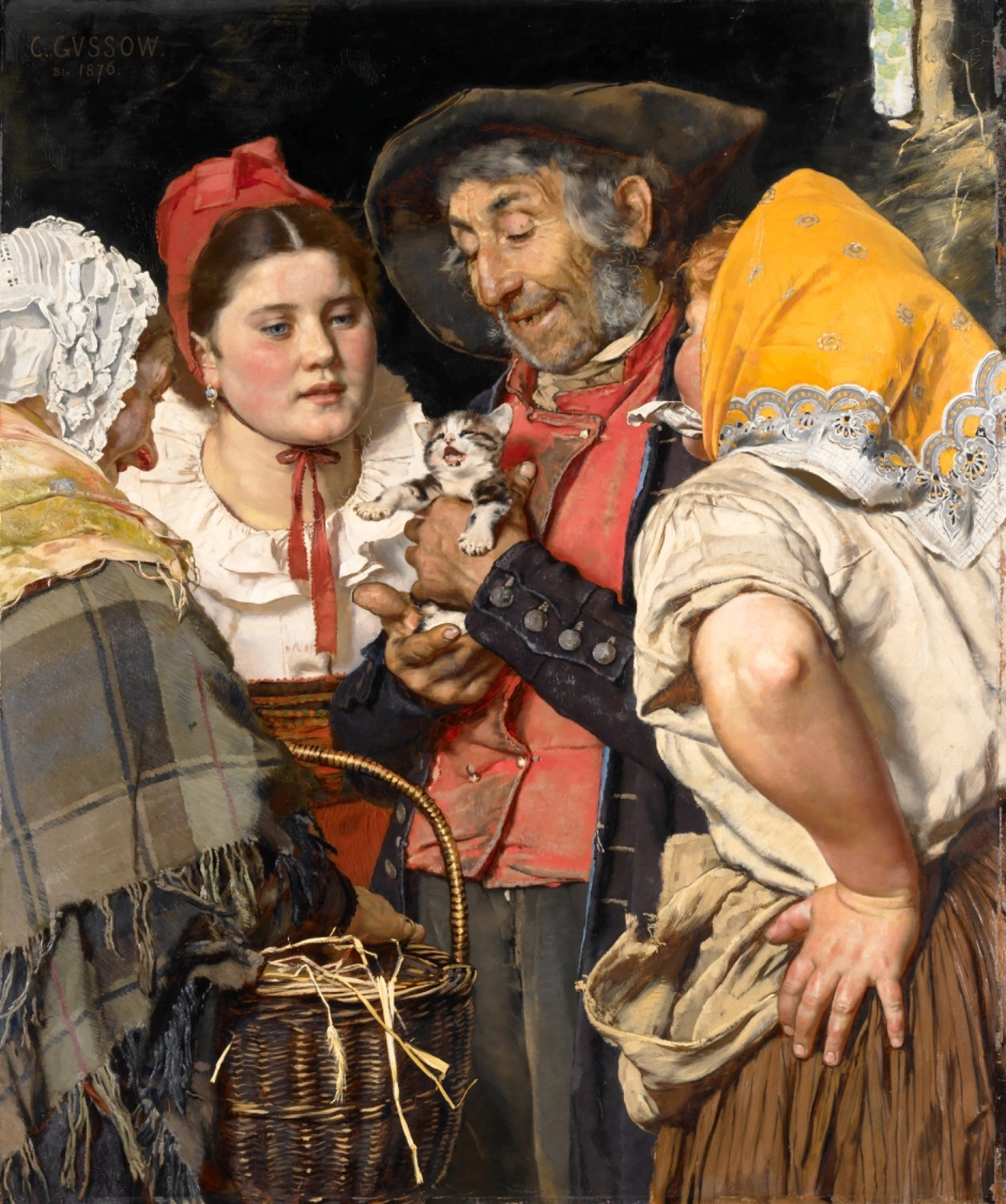view the rest of the comments
Traditional Art
From dabblers to masters, obscure to popular and ancient to futuristic, this is an inclusive community dedicated to showcasing all types of art by all kinds of artists, as long as they're made in a traditional medium
'Traditional' here means 'Physical', as in artworks which are NON-DIGITAL in nature.
What's allowed: Acrylic, Pastel, Encaustic, Gouache, Oil and Watercolor Paintings; Ink Illustrations; Manga Panels; Pencil and Charcoal sketches; Collages; Etchings; Lithographs; Wood Prints; Pottery; Ceramics; Metal, Wire and paper sculptures; Tapestry; weaving; Qulting; Wood carvings, Armor Crafting and more.
What's not allowed: Digital art (anything made with Photoshop, Clip Studio Paint, Krita, Blender, GIMP or other art programs) or AI art (anything made with Stable Diffusion, Midjourney or other models)
make sure to check the rules stickied to the top of the community before posting.


Yeah, thought the same when saw the title. This kind of translation is common for movies but here is weird
Because translation is about MORE than translating word for word. You're supposed to try to take cultural context into account. In your example, the translation would be accurate since most people reading the translations would be familiar with the common statement. Granted there's other factors to take into account as well, but I can't address those based on a short anecdote.
Accidentally deleted my previous comment, sorry.
But my point was that IF literal translation still makes perfect sense and doesn't sound weird, then WHY would you not translate literally?
Why do translators feel the next to bend every line that was written? I guess I just disagree that cultural context is more important that the context of what the actual writer said.
I'm just glad I no longer need translators at least for one language. They seem to be a fickle lot.